In this article, we will delve into the world of fine art photography and explore the importance of illumination in the creative process. We will discuss various lighting techniques, the advantages of natural and artificial light sources, and the ways in which photographers can use light to convey emotion and tell a story.
Choosing the Right Lighting Technique
One of the first decisions a fine art photographer makes is how to approach lighting. Different lighting techniques can produce vastly different results, each with its own unique characteristics. Let’s explore a few popular lighting styles:
- Rembrandt lighting: This technique involves using a single light source placed at a 45-degree angle to the subject. It creates a dramatic effect by illuminating one side of the face while leaving the other in shadow.
- High-key lighting: In this technique, the scene or subject is flooded with bright, even lighting, resulting in images that have a clean, minimalist look.
- Low-key lighting: Unlike high-key lighting, low-key lighting employs a more dramatic approach by using strong shadows and limited light sources to create a mysterious and moody atmosphere.
Each lighting technique offers its own set of advantages and can evoke different emotions in the viewers. By understanding and mastering these techniques, fine art photographers can effectively convey their artistic vision.
The Beauty of Natural Light
Natural light is often regarded as the holy grail of lighting in photography. It provides a soft, diffused illumination that can enhance the natural beauty of the subject. Here are some advantages of harnessing natural light in fine art photography:
- Softness and warmth: Natural light creates a soft and gentle ambiance that can add a sense of warmth and intimacy to an image.
- Unpredictability: The ever-changing nature of natural light can bring a dynamic element to photographs, allowing photographers to capture unique and fleeting moments.
- Versatility: Natural light can be found almost anywhere, making it easily accessible for photographers. It can be diffused through curtains, filtered through foliage, or reflected off surfaces to create interesting effects.
Photographers who master the art of using natural light have the ability to create stunning images that perfectly capture the essence of their subjects.
Exploring Artificial Light Sources
While natural light has its allure, artificial light sources should not be overlooked by fine art photographers. They offer a level of control and consistency that can be advantageous in certain situations. Consider these benefits of using artificial light:
- Precision and control: Artificial light sources allow photographers to have complete control over the intensity, direction, and color temperature of the lighting.
- Consistency: Unlike natural light, which can change rapidly, artificial light remains consistent throughout a shoot. This makes it easier for photographers to achieve the desired effect consistently.
- Creative opportunities: With artificial light, photographers can experiment with various lighting setups and techniques that may be difficult to achieve with natural light alone.
Fine art photographers who integrate artificial lighting effectively into their creative process can produce stunning and consistent results.
Conveying Emotion and Storytelling with Light
Lighting plays a crucial role in storytelling within fine art photography. It has the power to evoke emotions, set the mood, and guide the viewer’s attention. Here are a few ways photographers can use light to convey emotion and tell a compelling story:
- Highlighting the subject: By strategically illuminating the subject, photographers can draw the viewer’s eye and emphasize the main focal point of the image.
- Creating depth: The interplay of light and shadow can add depth and dimension to a photograph, giving it a three-dimensional feel.
- Setting the mood: The quality and direction of lighting can greatly influence the overall mood and atmosphere of an image. Soft and diffused lighting can evoke a sense of calmness, while harsh and directional lighting can create tension and drama.
By mastering the art of using light to convey emotion, fine art photographers can create visually captivating images that resonate with viewers on a deeper level.
Key Takeaways
In the realm of fine art photography, light is not just a technical aspect but a powerful tool that photographers can use to bring their artistic visions to life. Here are the key takeaways from this article:
- Choosing the right lighting technique can greatly impact the mood and composition of a photograph.
- Natural light offers softness, warmth, and versatility, while artificial light provides precision, consistency, and creative possibilities.
- Light can be used to convey emotions, highlight the subject, create depth, and establish the overall mood of a photograph.
As fine art photographers, embracing light as a muse and understanding its influence is essential in capturing compelling and visually stunning images.
Conclusion
In the world of fine art photography, light is not merely an element but the very essence that shapes and defines an image. By harnessing various lighting techniques, utilizing natural and artificial light sources effectively, and understanding the emotional impact of light, photographers can create captivating works of art that evoke powerful emotions and tell intriguing stories. So, let light be your inspiration and guide in your fine art journey.
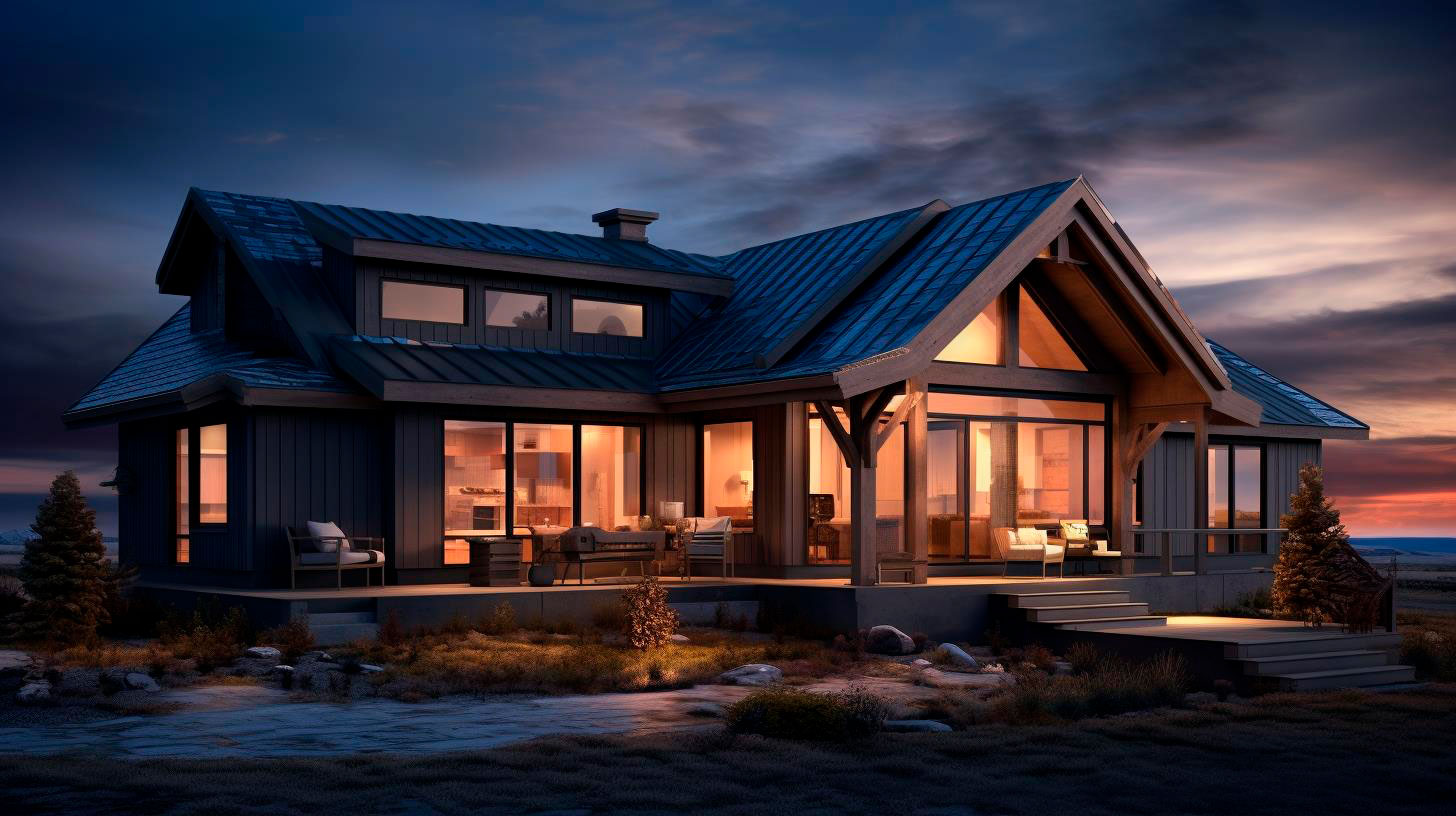


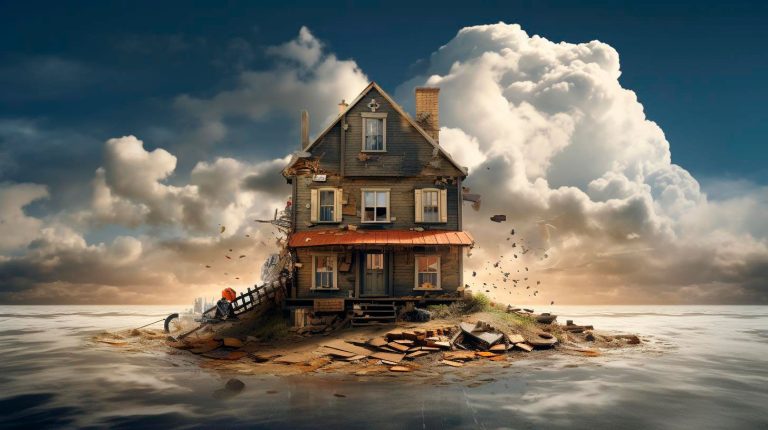




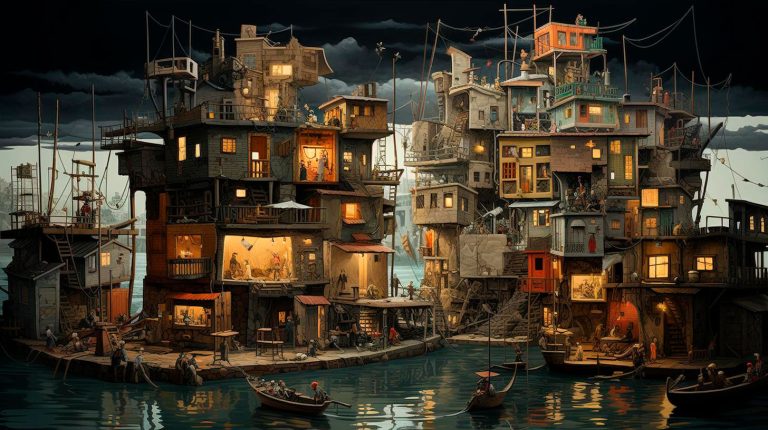

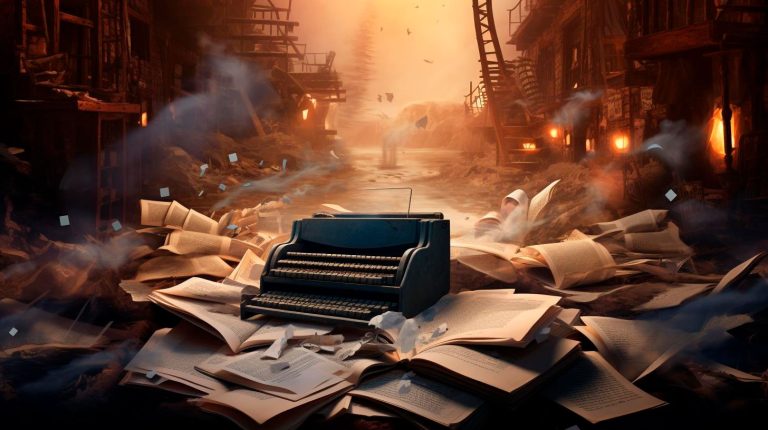

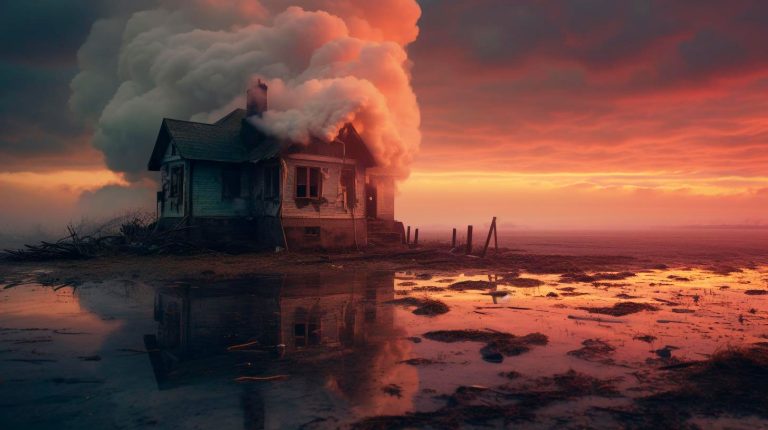











+ There are no comments
Add yours